Windows Phone: while it's not the end of the road, it is
This article may contain personal views and opinion from the author.
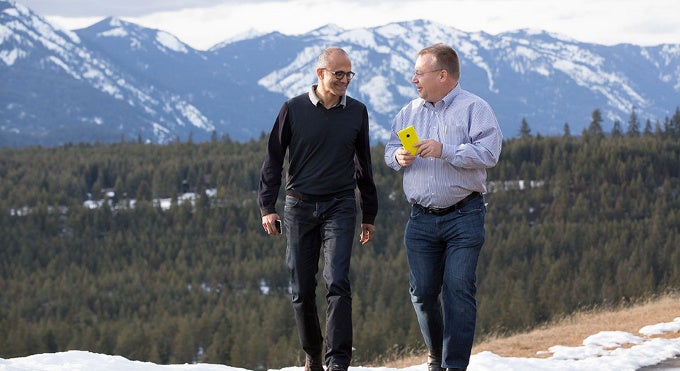
In 2011, it all started with a memo for Nokia and Microsoft. Today, it all seems to end with a memo.
After acquiring Nokia’s handset division for nearly $7.2 billion last year under former chief executive Steve Ballmer, Microsoft now admits this was a costly mistake with a $7.6 billion write-off and massive lay-offs that will shatter four-fifths of Nokia employees.
The reaction to it was immediate with speculations that Microsoft is about to exit the phone business altogether. It won't (Bloomberg’s Microsoft insiders claim that the company will not exit the business for at least two more years), but rather than having a conversation about the future of Windows Phone and how great could a new PureView Lumia flagship be, the memo makes us wonder whether and when will Microsoft shut down Windows Phone altogether.
I can't help but wonder: is Microsoft standing on a burning platform?
#1: Osborne effect
Back in 1983, computing was at its infancy and growing in leaps and bounds. The Osborne Computer Corporation - a firm that set on to build a personal computer to challenge the leader in the space at the time, IBM - had its Osborne 1 portable computer on sale and largely depended on the machine for its revenues. Hopeful for the future, founder Adam Osborne decided to show the media several new computers that the company was developing, but that were still far from ready for the market - the Osborne ‘Executive’ and ‘Vixen’. These two more powerful models were to deliver better specs and performance for the price, so showing them to the media seemed like a good idea to build up hype. Instead, something different happened, something as monumental as to go in the history books as the ‘Osborne effect’: sales of the available Osborne 1 stalled. Dealers cancelled orders. Sales went down to nearly zero for a few months, forcing the company to file for bankruptcy in September of the same year. It was a disaster.
Microsoft is painting doom and gloom on Windows Phone right before the expected launch of its biggest flagship of the year
This lengthy introduction would not be of much interest unless the same story repeated in the present and near past.The Osborne effect is what effectively brought Nokia down to its knees after newly appointed CEO Stephen Elop repeated the mistake of Adam Osborne with the then largest phone maker. The ‘Burning Platform’ memo issued in February 2011 described all current Nokia phones as a part of a burning platform, while the upcoming Nokia Windows Phones were not to be sold for another six months or more. This sent a clear message to the market: don’t buy these current Nokia phones. The market got the message right away, and it was a disaster for Nokia, as the company lost nearly half of its market share in just two quarters, a negative record for a corporation the size of Nokia.
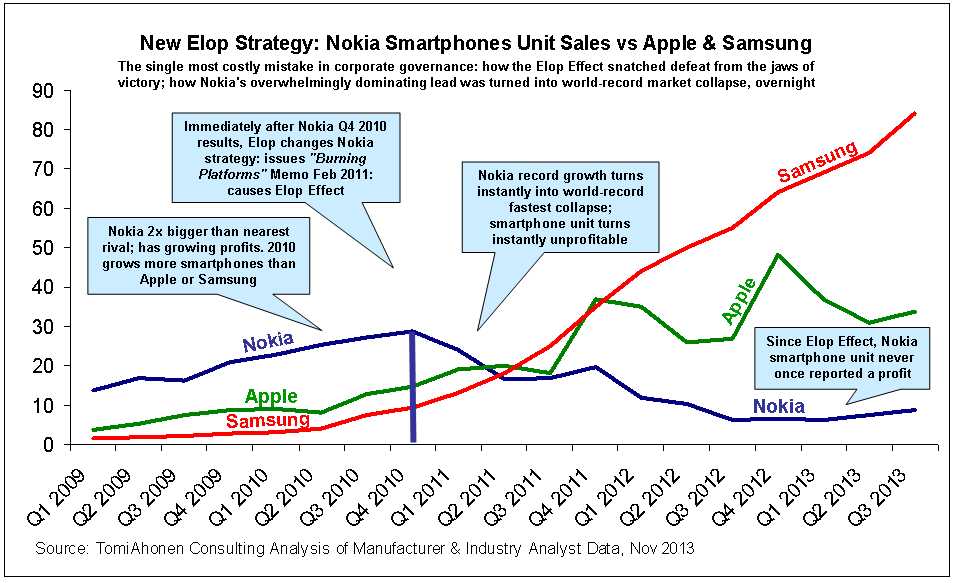
Today’s memo by Satya Nadella sounds similar in two aspects: first, the company clearly says it is moving away from (giving up on) growing a standalone phone business, and secondly, it leaves the much-advertized push for universal apps in hiatus.
Conflicting statements and lack of clarity about the future
The whole memo not only sets a negative tone for the Windows Phone conversation, but it is also filled with conflicting statements and paints a rather chaotic picture of what’s going on at Microsoft.
In all we do, we will take a long-term view and build deep technical capability that allows us to innovate in the future. ... I am committed to our first-party devices including phones. However, we need to focus our phone efforts in the near term while driving reinvention. We are moving from a strategy to grow a standalone phone business to a strategy to grow and create a vibrant Windows ecosystem that includes our first-party device family.
Nadella starts off the memo by clearly saying that “we will take a long-term view and build deep technical capability that allows us to innovate in the future” then a few paragraphs later he argues with his own statement, denying it at its core, by saying: “we need to focus our phone efforts in the near term while driving reinvention.”
Then, Nadella goes on to say that the company will focus on three areas with phones: affordable devices, business-oriented phones and flagship phones (all in the plural). Bloomberg’s inside sources say that there will be one or two new phones in each category every year, meaning a total of six or less than six Lumia phones for a year. Given the sore and apparent lack of a flagship-grade phone by Microsoft in the past year or so, this seems like an actual widening of the portfolio in that segment, yet it is confusingly portrayed as narrowing down the efforts.
So which one is it?
A quick guide to Microsoft corporate lingo
Then, there is the terrible corporate lingo that one has to wade through. I imagine having to read through the fake optimism and devoid of meaning phrases in this letter if I were a Nokia employee about to be laid off. In a triumph of corporate hypocrisy, Nadella talks about 'headcount alignment changes' and 'partnering to drive better scale and results'. Even though this is a letter to the Microsoft team, it sounds like a letter to the angry shareholders, a letter that refers to the employees in the non-human terms of big business.
I hate to say it, but I’d rather read Donald Trump writing those ‘you’re fired’ memos
Here are just a few excerpts of that letter and how I would interpret them if I were to be the employee to be laid off.
Translation of Satya Nadella's convoluted corporate lingo to its actual meaning
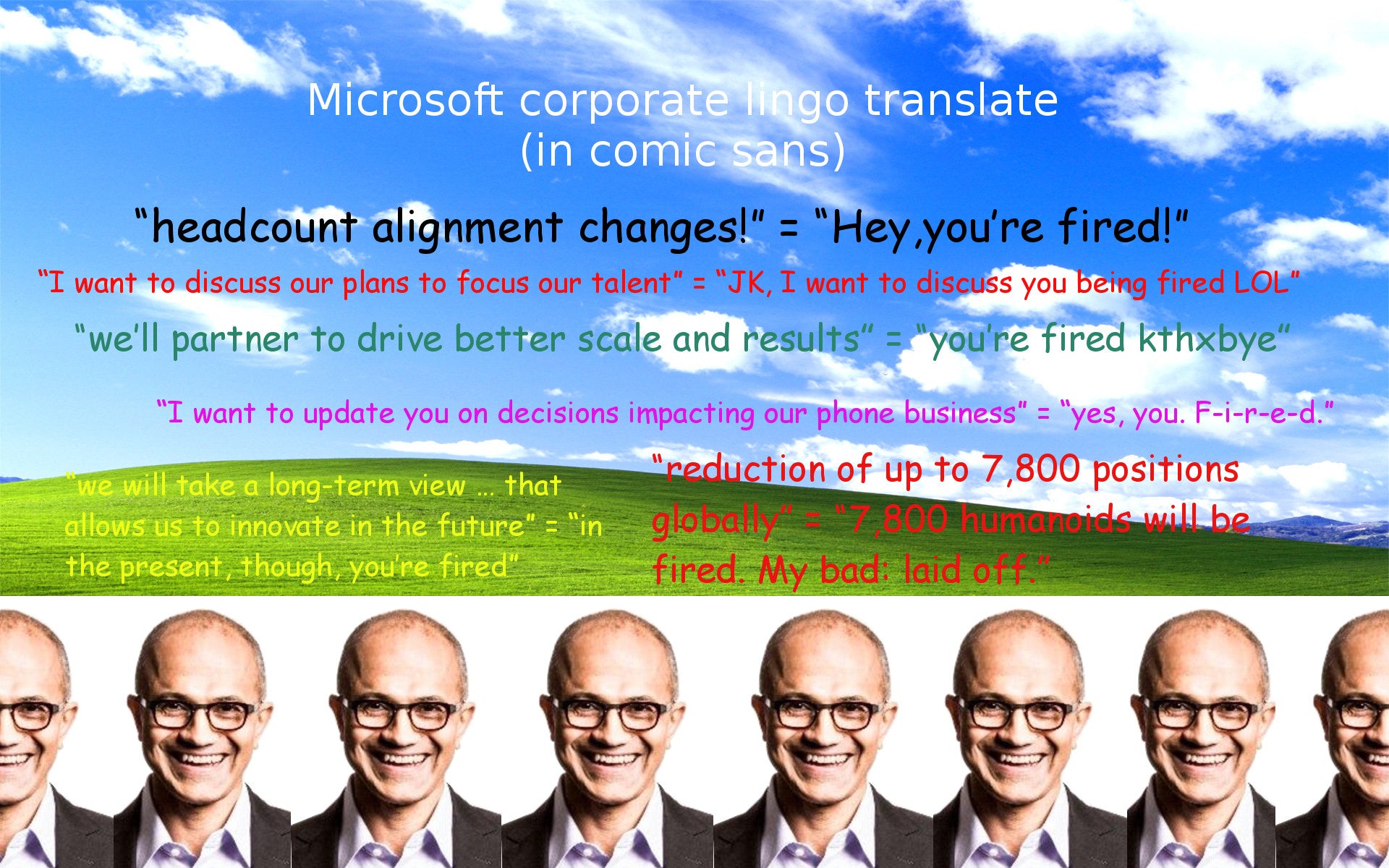
"headcount alignment changes" = "you’re fired"
"I want to discuss our plans to focus our talent" = "JK, I want to discuss you being fired LOL"
"we’ll partner to drive better scale and results" = "you’re fired kthxbye"
"we will take a long-term view … that allows us to innovate in the future" = "in the present, though, you’re fired"
"I want to update you on decisions impacting our phone business" = "yes, you. F-i-r-e-d."
"reduction of up to 7,800 positions globally" = "7,800 humans will be fired. My bad: laid off."
I hate to say it, but I’d rather read Donald Trump writing those ‘you’re fired’ memos.

Microsoft has gone the extra mile to reach the dream of the ‘universal app’. An idea coined at the times of Steve Ballmer, the universal app would allow developers to code once for all Windows devices - desktops, tablets, phones, virtual reality, and so on. It is an alluring proposition given the strength of the Windows desktop platform and the possibility to bring those plentiful developers to the scarcely populated Windows Phone Marketplace.
However, by narrowing down the phone efforts (and be assured, Microsoft and formerly Nokia Lumia devices represent over 90% of all Windows Phone, there are no other phone makers willing to make WP devices in meaningful volume) and sending a signal that the platform might be abandoned at some time in the not so distant future, why would developers even bother about Windows mobile?
Why not just stick with the good old Win32 API that is well known by devs and offers broader capabilities?
Let’s not forget that scale is the primary concern of developers when choosing a platform, and with no prospect for sales on mobile, coders will be discouraged to start projects. Especially when you have iOS and Android selling millions (billions in the case of Android) of mobile devices.
Microsoft’s share of that market? 3%.
Expectations for the future? Let’s just put it this way: Will Stofega, program director at market research firm IDC, projects that Windows’ mobile market share will evaporate from about 3 percent to zero within a year.
“It’s not looking good.”
Finally, I am just genuinely perplexed with the awful timing of this memo.
Windows 10 is not even out yet, and expectations are that Microsoft is about to unveil the first major new Windows Phone flagship at IFA 2015 in September (in just two months). Rather than using the proven old tactics of ‘accidental’ leaks and slight tid-bits that would keep phone aficionados waiting for ‘the next big thing’, all we get is some corporate talk about narrowing down efforts, restructuring and optimizations.
That’s simply not what users want to hear when you are about to unveil your most important product for the year.
The truth is usually simple, and after all that talk, it just seems that Windows Phone is no longer a priority for Microsoft. Yes, new flagships are coming, but there are no huge expectations, no hype.
It didn’t work out in the beginning, and it seems that even Microsoft has lost faith now.
Finally, here is the full text of Satya Nadella’s memo:
"we’ll partner to drive better scale and results" = "you’re fired kthxbye"
"we will take a long-term view … that allows us to innovate in the future" = "in the present, though, you’re fired"
"I want to update you on decisions impacting our phone business" = "yes, you. F-i-r-e-d."
"reduction of up to 7,800 positions globally" = "7,800 humans will be fired. My bad: laid off."

#2: The end of the universal app
Microsoft has gone the extra mile to reach the dream of the ‘universal app’. An idea coined at the times of Steve Ballmer, the universal app would allow developers to code once for all Windows devices - desktops, tablets, phones, virtual reality, and so on. It is an alluring proposition given the strength of the Windows desktop platform and the possibility to bring those plentiful developers to the scarcely populated Windows Phone Marketplace.
However, by narrowing down the phone efforts (and be assured, Microsoft and formerly Nokia Lumia devices represent over 90% of all Windows Phone, there are no other phone makers willing to make WP devices in meaningful volume) and sending a signal that the platform might be abandoned at some time in the not so distant future, why would developers even bother about Windows mobile?
Why not just stick with the good old Win32 API that is well known by devs and offers broader capabilities?
Analysts predict Windows Phone market share will evaporate to zero within a year
Let’s not forget that scale is the primary concern of developers when choosing a platform, and with no prospect for sales on mobile, coders will be discouraged to start projects. Especially when you have iOS and Android selling millions (billions in the case of Android) of mobile devices.
Expectations for the future? Let’s just put it this way: Will Stofega, program director at market research firm IDC, projects that Windows’ mobile market share will evaporate from about 3 percent to zero within a year.
“It’s not looking good.”
#3: Wrong time
Finally, I am just genuinely perplexed with the awful timing of this memo.
Windows 10 is not even out yet, and expectations are that Microsoft is about to unveil the first major new Windows Phone flagship at IFA 2015 in September (in just two months). Rather than using the proven old tactics of ‘accidental’ leaks and slight tid-bits that would keep phone aficionados waiting for ‘the next big thing’, all we get is some corporate talk about narrowing down efforts, restructuring and optimizations.
That’s simply not what users want to hear when you are about to unveil your most important product for the year.
The truth is usually simple, and after all that talk, it just seems that Windows Phone is no longer a priority for Microsoft. Yes, new flagships are coming, but there are no huge expectations, no hype.
It didn’t work out in the beginning, and it seems that even Microsoft has lost faith now.
Finally, here is the full text of Satya Nadella’s memo:
Team,
Over the past few weeks, I’ve shared with you our mission, strategy, structure and culture. Today, I want to discuss our plans to focus our talent and investments in areas where we have differentiation and potential for growth, as well as how we’ll partner to drive better scale and results. In all we do, we will take a long-term view and build deep technical capability that allows us to innovate in the future.
With that context, I want to update you on decisions impacting our phone business and share more on last week’s mapping and display advertising announcements.
We anticipate that these changes, in addition to other headcount alignment changes, will result in the reduction of up to 7,800 positions globally, primarily in our phone business. We expect that the reductions will take place over the next several months.
I don’t take changes in plans like these lightly, given that they affect the lives of people who have made an impact at Microsoft. We are deeply committed to helping our team members through these transitions.
Phones. Today, we announced a fundamental restructuring of our phone business. As a result, the company will take an impairment charge of approximately $7.6 billion related to assets associated with the acquisition of the Nokia Devices and Services business in addition to a restructuring charge of approximately $750 million to $850 million.
I am committed to our first-party devices including phones. However, we need to focus our phone efforts in the near term while driving reinvention. We are moving from a strategy to grow a standalone phone business to a strategy to grow and create a vibrant Windows ecosystem that includes our first-party device family.
In the near term, we will run a more effective phone portfolio, with better products and speed to market given the recently formed Windows and Devices Group. We plan to narrow our focus to three customer segments where we can make unique contributions and where we can differentiate through the combination of our hardware and software. We’ll bring business customers the best management, security and productivity experiences they need; value phone buyers the communications services they want; and Windows fans the flagship devices they’ll love. In the longer term, Microsoft devices will spark innovation, create new categories and generate opportunity for the Windows ecosystem more broadly. Our reinvention will be centered on creating mobility of experiences across the entire device family including phones.
Mapping. Last week, we announced changes to our mapping business and transferred some of our imagery acquisition operations to Uber. We will continue to source base mapping data and imagery from partners. This allows us to focus our efforts on delivering great map products such as Bing Maps, Maps app for Windows and our Bing Maps for Enterprise APIs.
Advertising. We also announced our decision to sharpen our focus in advertising platform technology and concentrate on search, while we partner with AOL and AppNexus for display. Bing will now power search and search advertising across the AOL portfolio of sites, in addition to the partnerships we already have with Yahoo!, Amazon and Apple. Concentrating on search will help us further accelerate the progress we’ve been making over the past six years. Last year Bing grew to 20 percent query share in the U.S. while growing our search advertising revenue 28 percent over the past 12 months. We view search technology as core to our efforts spanning Bing.com, Cortana, Office 365, Windows 10 and Azure services.
I deeply appreciate all of the ideas and hard work of everyone involved in these businesses, and I want to reiterate my commitment to helping each individual impacted.
I know many of you have questions about these changes. I will host an employee Q&A tomorrow to share more, and I hope you can join me.
Satya
Satya


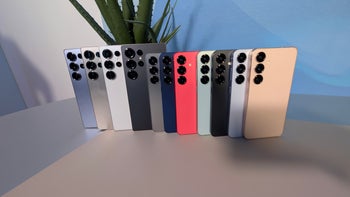

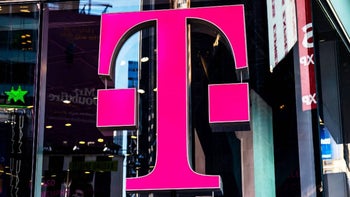
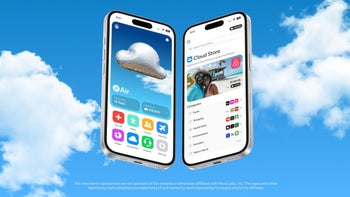
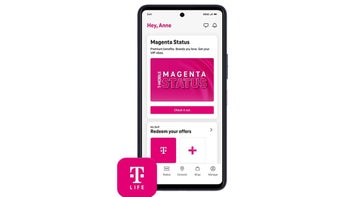
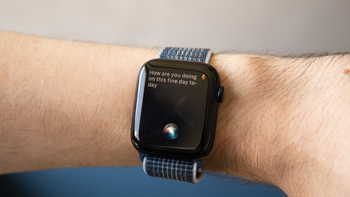
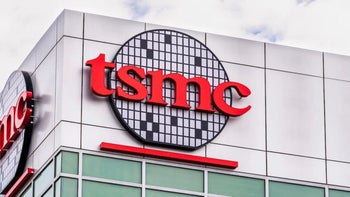
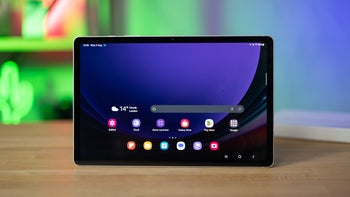

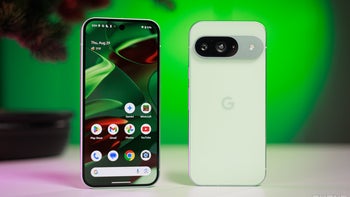
Things that are NOT allowed: